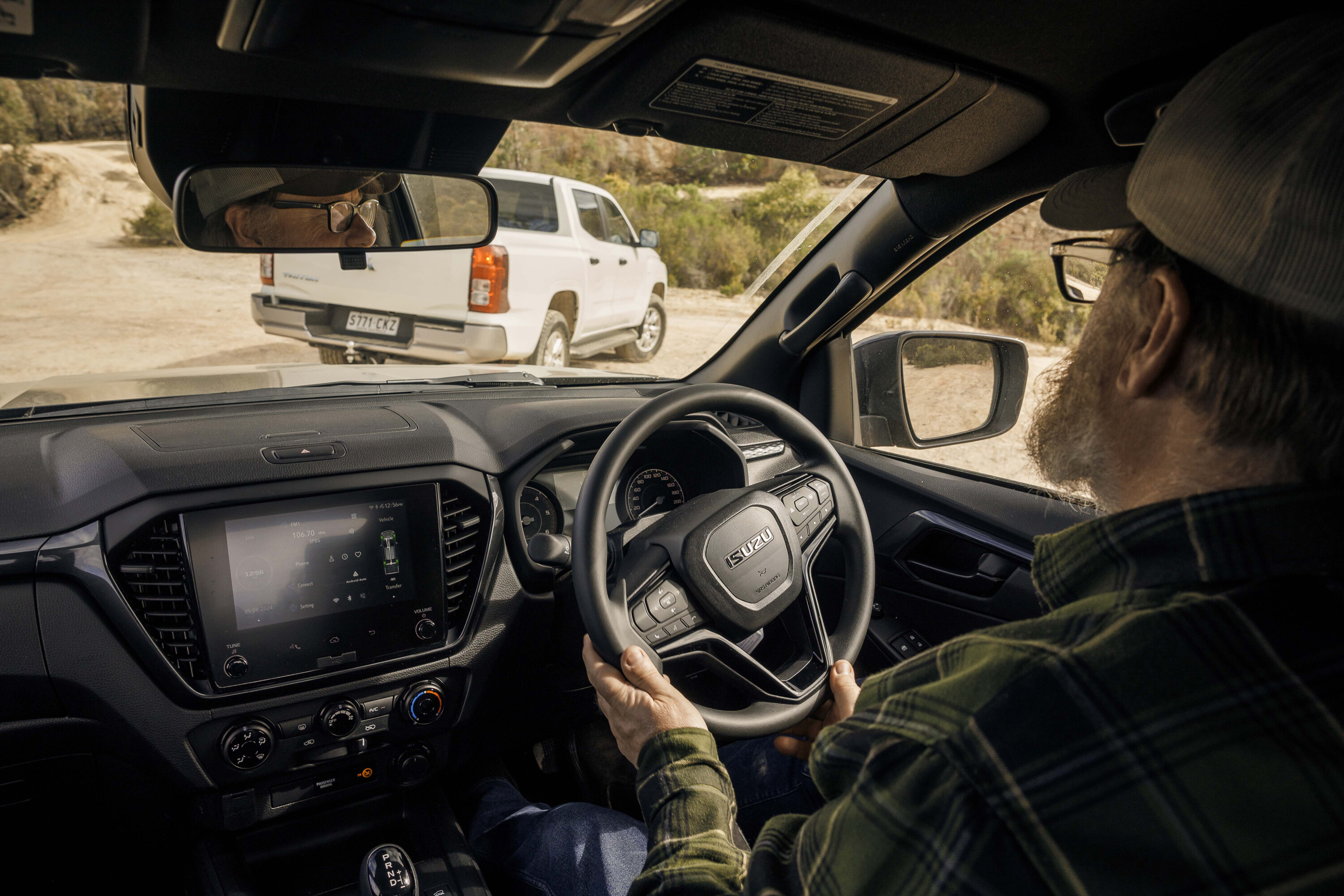If the recent announcement by the UK and French governments that they intend to ban the sale of new petrol and diesel cars beyond 2040 is anything to go by, then the future of the internal-combustion engine looks bleak.
Trends suggest other European countries will follow suit, while a change of government thinking here could also bring about the same restrictions. The assumption is that electric cars will take over and it will be a straightforward process, but, as ever, there’s much devil in the detail.
Electric cars still have a very long way to go to achieve a satisfactory balance between range and recharging time, even using purpose-built fast chargers. And while improvements are being made in both areas they are still well shy of the quick refill and long fuel range offered by cars powered by internal-combustion engines.
Building a national recharging infrastructure is an even greater problem. Even if every current service station selling fossil fuels was fully converted to electric-charging points, it wouldn’t be anywhere near sufficient for a full-electric national fleet, unless you develop electric cars that match fossil-fuel cars for refuelling time and range.
After all, a typical fuel bowser can dispense 50 litres of petrol or diesel in a minute, and 50 litres of petrol or diesel will take you 500km in most cars and up to 1000km in a thrifty small car. Compare that to the 200km range you get out of a 20-minute recharge of a current electric car at a fast-charging station.
With current electric-vehicle technology, the number of recharging points available nationally would, in fact, have to be at least 50 times the current number of fuel bowsers to maintain the same level of drive-in, no-wait refuelling we generally enjoy today.
A counter argument is that electric vehicles can be charged at home, but that’s something best achieved with a purpose-built charging station in secure off-street parking. In inner city areas, ironically where electric cars otherwise make the most sense, off-street parking can be scarce.
In a perfect world, charging stations would be built into newly designed homes and apartment blocks, ideally using solar panels or the like as the power source. However, retrofitting such installations to existing homes and apartment blocks isn’t easy.
Roadside rechargers lined along footpaths are also touted as a solution, but, again, this requires major infrastructure rollout, especially for high-amperage fast-chargers. It would also hinge on commonality of recharge couplings across all car brands and in different localities/countries.





